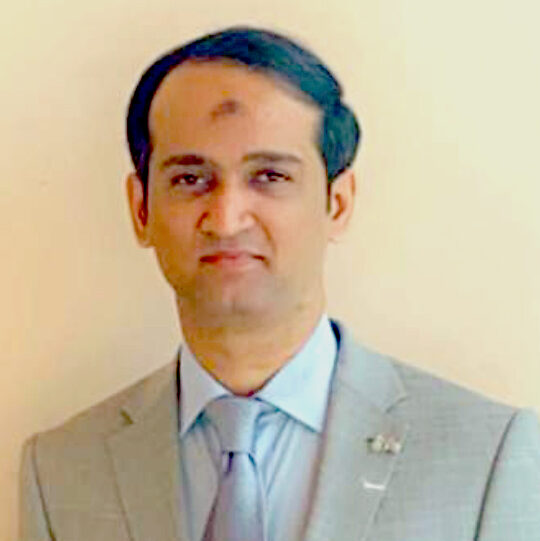
Sustainability standards and protocols for future technology development form the foundation of responsible and ethical innovation.
With the ecosystem facing environmental challenges with limited resources, technology development needs to take precedence by implementing an agenda for environmental protection, social justice, and sustainability. These standards assure the conformity of AI, computer, and digital infrastructure innovations to the established sustainability goals across the globe. Undoubtedly, adopting a sustainable technology choice is more than an ethical decision; it is an existential choice determining where humanity develops in the coming decades. Incorporating sustainability into technology development requires radical rethinking of design principles. Conventional methods tend to favor efficiency and performance considerations while ignoring environmental impacts. But in the sustainable paradigm, in addition to efficiency and utility of use, lifecycle assessments have significance that demand minimization of carbon footprints from raw-material extraction to end-of-life disposal. Innovation strategies must incorporate principles of a circular economy; this means creating products and systems for repair, repurposing, and recycling rather than disposal.
Energy consumption remains one of the most critical concerns in future technology development. The rapid establishment of data centers, blockchain networks, and AI-based applications places an unprecedented demand on electricity. Sustainability protocols now argue for energies in architectures, renewable energy sources, and advanced cooling mechanisms to reduce their environmental impact. Green computing systems such as dynamic power management and algorithmic processing optimization are necessary to reduce the environmental costs associated with technology expansion.
Another important dimension of responsible technology is the material sustainability perspective. Extraction of rare earth elements and metals for manufacturing electronic circuits present grave ecological and human rights issues. Standards for ethical sourcing must be applied to safeguard against ecological degradation and exploitative labor practices. Future technology must position bio-based materials, harmless alternatives, and sustainable supply chains that minimize dependency on conflict minerals as a priority. The fields of nanomaterials and biodegradable electronics hold the promise of a future where high-performance technology will not be achieved at the expense of planetary health. There are noises and murmurs about sustainable software engineering since organizations are being aware of hidden environmental costs of inefficient code. Inefficiently designed software keeps the hardware buzzing, thus causing energy consumption and e-waste to spiral. Adoption of green coding practices, minimization of unnecessary computations, and using lesser server architectures could prove beneficial for the sustainability of digital infrastructure. Machine learning models by nature call for massive amounts of computation, thus they should be hedged for efficiency so that sustainability can be woven into product thinking and innovation via artificial intelligence.
Another area where AI accelerates sustainable development is that it can help optimize energy grids, forecast climate patterns, and manage precision agriculture through AI-driven analytics, thereby reducing waste and improving resource efficiency. To better serve sustainability, however, AI must itself undergo development processes compliant with strict environmental standards. This means that the development of AI models should give priority to low-energy architecture, decentralized learning frameworks, and data sourcing that is ethically aligned with sustainability objectives.
Sustainability principles must be married with urban technologies if the future of smart cities is to be anything but plain hope. Internet of Things (IoT) networks, autonomous transportation systems, and digital governance platforms must be approached from the angles of efficiency and resilience. Sustainable urban planning entails real-time environmental monitoring, adaptive infrastructure, and equitable access to digital services. A sustainable smart city is much more than a city that simply uses technology to make things more convenient. It is a city that uses technology to take care of its people and the environment around them.
Water and waste management, being under the ambit of sustainability, are possibilities of evolution. Water distribution systems are now digitalized; other systems like smart leak detection and AI-induced recycling will enhance resource saving. Circular waste-to-energy technologies, fueled by biotechnology and AI automation, will convert industrial and consumer waste streams into renewable energy sources. Leaving sustainability as the basis for technological development, industries can move on to put in place regenerative solutions that rebuild ecological balances instead of waste minimization. The ethics with sustainability standards also embrace social responsibility. Technologies must evolve together with their users–marginalized communities must have equal access to the benefits of digital transformation. To bridge the digital divide, policies must be put into place that will provide equitable access to education, internet connectivity, and digital tools. Sustainable technology development is not only about minimizing harm: it is fostering the prosperity of the world by providing equal access to innovations.
Sustainability for all can also be interpreted as the limitations or constraints under which technological progress operates. Thus sustainability considers innovation inextricable from its capacity to serve humanity, without compromising the future of the planet. Thus, making sustainable practices a deliberate choice within the realm of technology is now an ethical and strategic one, deciding whether this digital era will bedevil the earth with ecological destruction or resurrect the earth into nurturing viability. The future is to be built with a strong design thinking approach based on foresight, resilience, and ethical responsibility the legacy where development and sustainability remain eternally fused.
